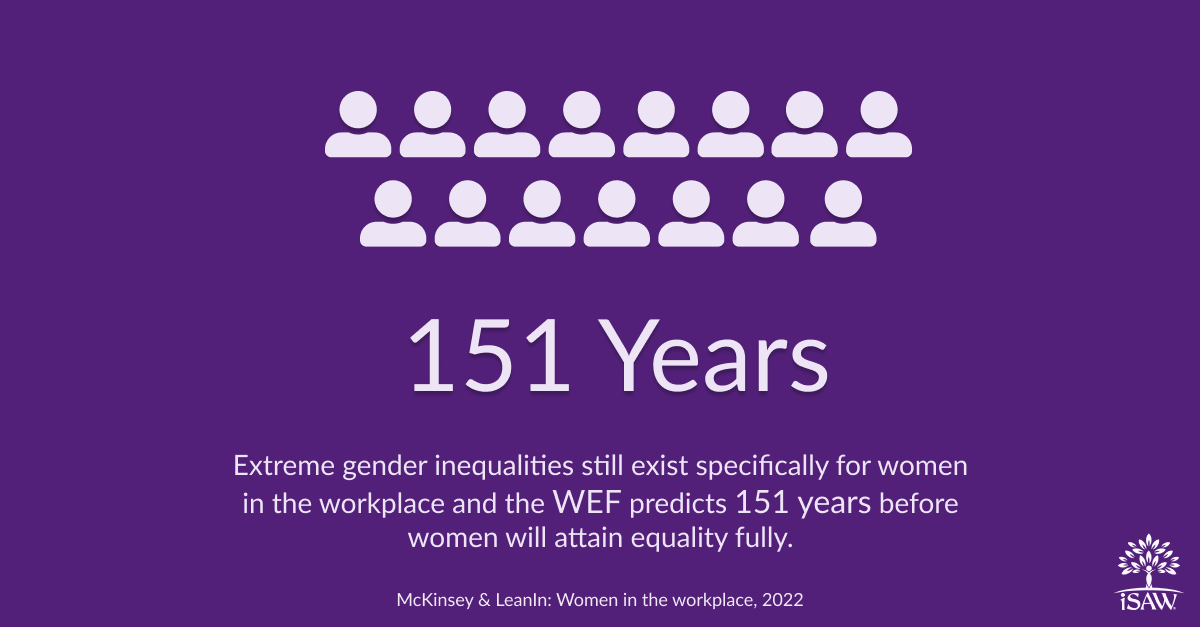
Study and Purpose: The report by iSAW et al (2022) explores the link between the ESG and gender equality. This study focuses on the ‘S’ or the ‘social’ horizon in ESG. The Social Horizon focused on what is currently the status quo and prevalent in many organisations as well as actions and initiatives to leverage gender equality for ESG and ultimately business outcomes.
Key Findings: The study found that many see gender equality as a social issue, not a driver to maximize business outcomes. According to the findings, women are significantly underrepresented or excluded from many senior decision-making positions on boards, in the executive suite, and as senior leaders, which continue to be dominated by men. Women experience unequal pay (especially when benefit bonuses and equity incentives are taken into account) and sexual harassment in the workplace. Most leadership and corporate spheres are male-dominated and have limited interest in maintaining the status quo. Most people-related issues are suppressed and dismissed, including sexual misconduct and harassment complaints. Working environments are often not gender-diversity-friendly and even tend to undermine women’s contributions by assessing them through male-dominated lenses.
Conclusion: Gender inequality in the workplace still exists and social aspects in businesses are embedded in a longstanding company male dominated culture. Issues needed to respond to social issues are inclusive of but not limited to empathy, respect for human dignity and human rights which are not foundational attributes of current corporate business culture.
Data Facts:
- Women control over 31 trillion dollars in worldwide spending which makes them key stakeholders and active consumers that can shape companies.
Extreme gender inequalities still exist specifically for women in the workplace and the WEF predicts 151 years before women will attain equality fully.
iSAW Sharp Summary
McKinsey; Diversity and Inclusion (2022), Women in the workplace






